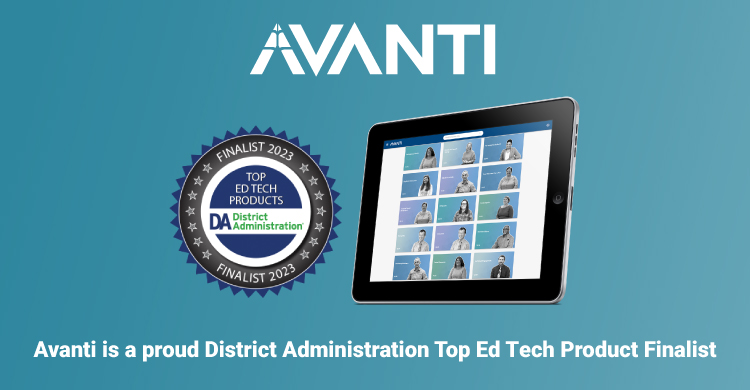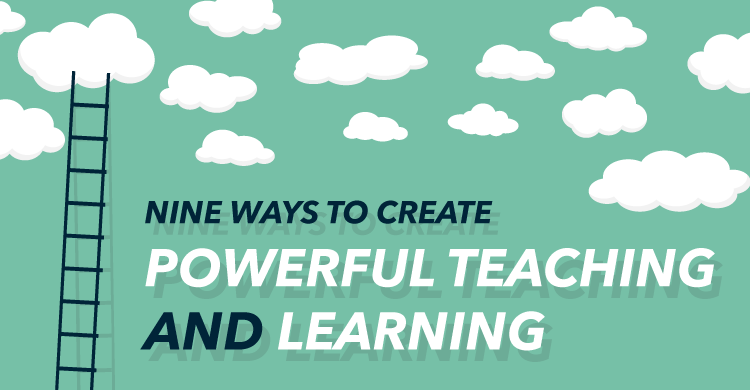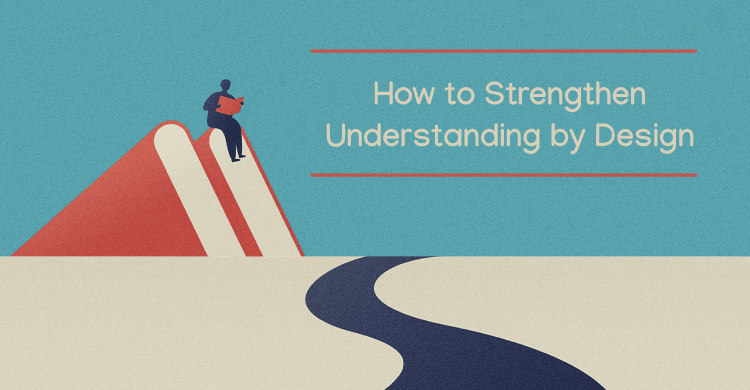Based on The Quest For Learning: How To Maximize Student Engagement
This blog post is also a self-guided quest on using game design lenses to make your current curriculum more contemporary. You, the reader, ultimately get to decide your destination and the impact that this will have on curriculum design, instruction, and assessment. We are going to lay out some thinking points, and you will get to apply them to your current curriculum. We invite you to share any “AHA!” moments that you have in the comments section, so we can collaboratively grow from each other’s ideas and expertise.
Note: You can also lead students through this process to help them think of ways to make products and/or presentations more engaging.
Quest Action One: Introduction
- Download Jesse Schell’s Art of Game Design app: A Deck of Lenses (iOS Link | Android Link). The app is free, and you can follow Jesse on Twitter if you are interested in more of his work: @jesseschell.
- Scroll through the lenses to gain a sense of familiarity with them, noting ones in particular that grab your attention.
- Think of a game you’ve played and lenses that might be involved. Have a discussion with someone else about how understanding design lenses impacts the player’s (your) experience and how the addition of other lenses might enhance the game.
Quest Action Two: Analysis
- Let’s start with a popular game like Angry Birds. When you first open up the app to play the game, you are given a goal. There is also a visualization of what you must do to meet your goal.
- You perform an action that either completes the goal or necessitates a do-over. The goal can be completed at a low level (one star) or a high level (three stars), with the higher level as an indication that you have an improved skill set.
- Getting the stars and advancing (leveling up) to the next levels are affirmations of your skills. In the case of Angry Birds, there is actual cheering when you complete the level.
- You continue to play so that you can reach your goals, which may include: leveling up, achievement of experience points, more stars, or actual rewards that may help you achieve subsequent levels.
- The positive feeling reaching all these goals keeps you in a state of engaged play, a toward state that keeps you interested, motivated, and continuing to play.
- In-game challenges give you opportunities to put your skill sets to the test in a uniquely challenging problem or scenario. These challenges often have additional rewards for completing them, maintaining that high level of intrinsic motivation.
Quest Action Three: Application
- What lenses can you identify, using the Deck of Lenses App, when thinking about Angry Birds or any other game you play?
- What lenses do you wish you saw?
- How could you improve the games you play by using additional lenses?
Quest Action Four: Extension
- Thinking about the lenses you saw in the app, the lenses you aligned with a game you play, and your thoughts about improving the games you play with additional lenses, how could you improve your curriculum using these lenses?
- In what ways could the lenses improve instructional actions?
- In what ways could the lenses improve assessment?
- What happens when you invite students into this conversation to co-create instructional actions and assessments?
The goal here is intentional thought about the impact that these game design lenses might have on your curriculum. This is not the same as Gamifying the curriculum, where science content is layered on top of Monopoly or Chutes and Ladders, or where video games might be used to improve content knowledge or motor skills. The is more along the lines of decisions we make about instruction and assessment, and in this case, those decisions include facets of what game designers consider to make their games more engaging, more addictive, and more exciting. We want those same things in curriculum design.
To read more about game design theory and supporting all contemporary students in the 21st century, check out our new book The Quest for Learning: How to Maximize Student Engagement, now available from Solution Tree.
References:
Alcock, M., Fisher, M., & Zmuda, A. (2017) The Quest for Learning: How to Maximize Student Engagement. Solution Tree.
Schell, J. (2008). The Art of Game Design: A Book of Lenses. Burlington, MA: Morgan Kaufmann. (This is the book from which the App referenced was created.)
[author_bio id=”1446″]
[author_bio id=”1485″]
[author_bio id=”1344″]






